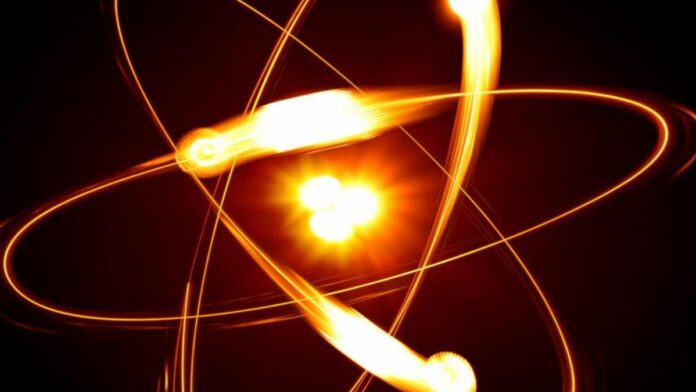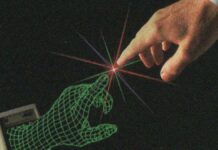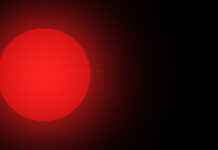
Contents
What is a neutrino?
Definition: Neutrinos are sub-atomic particles produced by the decay of radioactive elements, also called elementary particles, that lack electric charge.
Neutrinos are similar to an electron but have no electric charge and a tiny mass, which can also be zero. As a result, the neutrino is one of the most abundant particles in the universe.

Video Explanation (neutrinos part-1)
Enrico Fermi named neutrino as a wordplay on neutron, the Italian name for neutron.
Of all high-energy particles, only weakly interacting with Neutrino can directly convey astronomical information from the edge of the universe — and, as far as we know, within the most destructive high-energy processes. There are three different types of Neutrino, each related to a charged particle, as shown in the following table.
| Neutrino | ve | vµ | vτ |
| Charged Partner | electron (e) | muon (µ) | tau (τ) |
Produced significantly in high-energy collisions, traveling essentially at the speed of light, and unaffected by magnetic fields, Neutrino fulfills the basic requirements for astronomy. Their unique advantage arises from a fundamental property. They are affected only by the weakest forces of nature (but by gravity). They are, therefore, essentially detached as they travel the cosmic distance between their origin and ours.
Like electrons, both muon and tau are accompanied by neutrinos, called muon-neutrino and tau-neutrino. However, the three neutrino types appear to be different: for example, when muon-neutrino interacts with a target, they will always produce muon and never tau or electrons.
Although electrons and electron-neutrinos can be created and destroyed in particle interactions, the sum of the number of electrons and electron-neutrinos is preserved. To this fact, leptons (leptons are elementary particles of half-integer spin that do not undergo strong interactions.) They are divided into three categories, each with a charged lepton and its accompanying Neutrino.
Where do Neutrinos come from, and where are they found?
According to what we know about neutrinos today, most were born about 15 billion years ago, soon after the universe’s birth. Since then, the universe has steadily expanded and cooled, and neutrinos have kept moving. Theoretically, there are now so many neutrinos that they constitute cosmic background radiation with a temperature of 1.9 ° Kelvin (-271.2 ° C). Other neutrinos are produced by frequent nuclear power stations, particle accelerators, atomic bombs, everyday atmospheric phenomena, star births, collisions, and deaths, especially supernova explosions.
How to detect neutrinos? (How to find neutrinos?)
To detect neutrinos, very large and very sensitive detectors are required. Typically, low-energy neutrinos undergo several mild-to-normal cases before interacting with anything. As a result, all terrestrial neutrinos experiments rely on measuring a small fraction of neutrinos interacting with detectors of appropriate size. For example, a solar-neutrino sensor with 1000 tonnes of heavy water raises about 1012 neutrinos at the Sudbury Neutrino Observatory. As a result, about 30 neutrinos are detected per day.
Video Explanation (neutrinos part-2)
FACT CHECK: We strive for accuracy and fairness. But if you see something that doesn’t look right, please Contact us.
DISCLOSURE: This Article may contain affiliate links and Sponsored ads, to know more please read our Privacy Policy.
Stay Updated: Follow our WhatsApp Channel and Telegram Channel.











